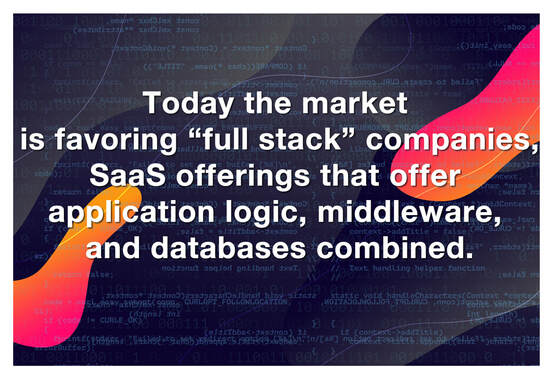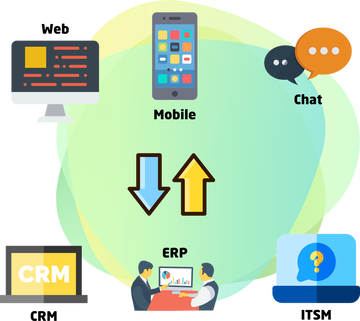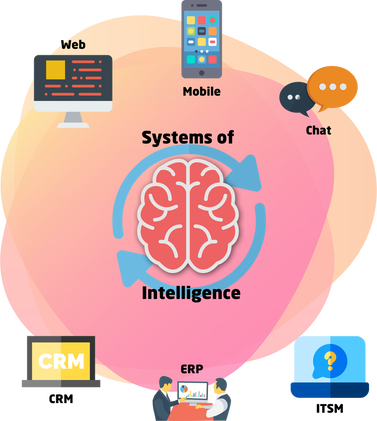|
I did this presentation in June last year at a conference in India and I really wanted to share it so here we go: from code to data, or how users today are training products like we train dogs to perform specific tasks. It’s a long narrative story so I am going to spread it across a few weeks’ posts. (Read The End of Code Part One here) A fundamental platform shift: data network effects As discussed previously, today we are undergoing one of the largest platform shifts in a generation as applications move to the cloud and are consumed on iPhones, Echoes and Teslas, while being built on new stacks and fueled by AI and data. And with it, the way tech companies conduct business is also changing .... and with it the employee skillset necessary for tech companies to stay ahead is also being rapidly disrupted. But before we look at these implications, let’s have a quick look at how the tech business models are evolving from network effects to data network effects by inserting AI-driven systems of intelligence in the current business models. Traditional tech business models To establish themselves as powerhouses companies like google, facebook, amazon, or microsoft all were built on economies of scale and network effects.
Going full stack Today the market is favoring “full stack” companies, i.e. SaaS offerings that offer application logic, middleware, and databases combined. Technology is becoming an invisible component of a complete solution (Example no one cares what database backs your favorite mobile app as long as your food is delivered on time). In the consumer world, Apple made the integrated or full stack experience popular with the iPhone which seamlessly integrated hardware with software. This integrated experience is coming to dominate enterprise software as well. Cloud and SaaS has made it possible to reach customers directly and in a cost-effective manner. As a result, customers are increasingly buying full stack technology in the form of SaaS applications instead of buying individual pieces of the tech stack and building their own apps. Today’s SaaS stack: systems of engagement and systems of record
The new tech business model: data network effects At the core of data network effects are AI-driven systems of intelligence, which typically cross multiple data sets by inserting themselves in between systems of record and systems of engagement. Success is then achieved by using customer and market data to train and improve models that make the product better for all customers, which spins the flywheel of intelligence faster. Ultimately the product becomes tailored for each customer (that’s the “personalization” aspect we talked about in the intro). To be continued! Let me know what you think! DM me @philippemora
My name's phil mora and I blog about the things I love: fitness, hacking work, tech and anything holistic. Head of Product and VP Engineering at Sikka Software. thinker, doer, designer, coder, leader.
0 Comments
Leave a Reply. |
Head of Product in Colorado. travel 🚀 work 🌵 weights 🍔 music 💪🏻 rocky mountains, tech and dogs 🐾Categories
All
|




 RSS Feed
RSS Feed